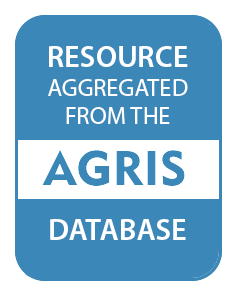Development of a GIS-based failure investigation system for highway soil slopes
A framework for preparation of an early warning system was developed for Maryland, using a GIS database and a collective overlay of maps that highlight highway slopes susceptible to soil slides or slope failures in advance through spatial and statistical analysis. Data for existing soil slope failures was collected from geotechnical reports and field visits.

